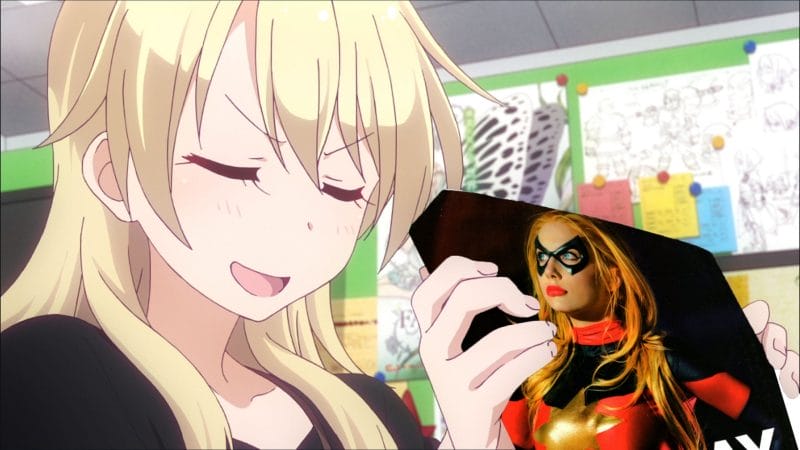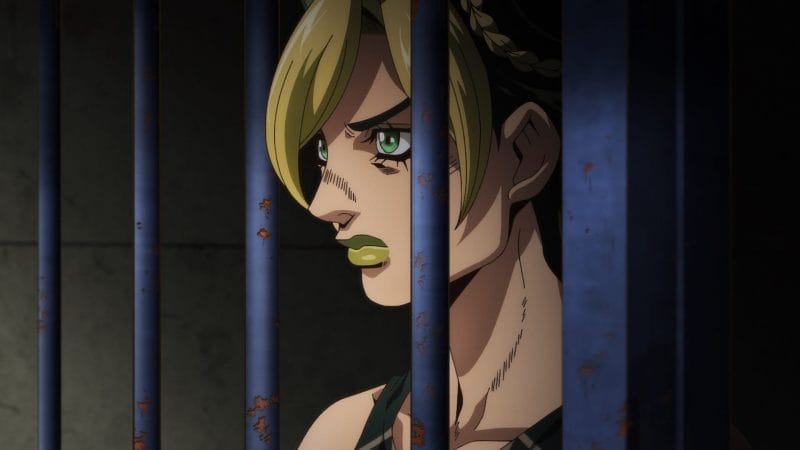Of the many games I’ve played over the years, Luminous Arc on the Nintendo DS stands as one of my favorites. It was the first title released by Imageepoch, a mid-tier JRPG studio that sadly shuttered its doors with a very spotty record in 2015. For every Fate/Extra in their line-up, there was a Criminal Girls not far behind. Even Luminous Arc, ImageEpoch’s debut series, eschewed the studio’s uneven nature, with the first two games being of such completely different levels of quality that it’s hard to believe they came from the same company. That said, If one were to look at these inaugural entries in the Luminous Arc franchise, it’s easy to see that the first game did something its sequel didn’t: it sincerely tried to make the player care.
The original Luminous Arc was a humble, turn-based strategy RPG that hit retailers in 2007. The game followed Alph and his childhood friends, who were a band of orphans raised by the Luminous Church. This party of novice adventurers acted as a witch-hunting brigade, formed to stop Vanessa, the Witch of Immolation, from doing her evil deeds.

The plot, while simple at the outset, quickly becomes complicated by the appearance of a new maid named Lucia. One thing leads to another, as it’s quickly revealed that Lucia is the Dawn Witch, who is gifted with the powers of Light. Moreover, several questionable happenings suggest that the church may not be as benevolent as the kids first thought. On paper, the plot’s typical JRPG fare, down to familiar character archetypes and plot beats, which is one of the few things it shares in common with its successor.

It has a very “been there” JRPG plot about an evil church, and the power of friendship, and saving the natural word, and yadda yadda yadda. Still, it remembers that a story only works if the player cares about its characters. The members of the player’s party are all actively pursuing goals of their own, while dealing with both inner and outer conflicts along the course of their journey. Luminous Arc wants the player to care, and there’s rarely a moment where it feels like it’s trying to cynically appeal to the audience.
Though Alph is a fairly standard protagonist, players are given ample opportunities to spend time with him. They come to understand why the church means so much to Alph, and why he would go so far for his friends and little brother, Theo. This comes to a head in one series of missions, in which it appears that Theo has been cursed to turn into a dragon. This plot beat becomes the focus, allowing players to watch the group stress over this, as they scramble to find a solution.
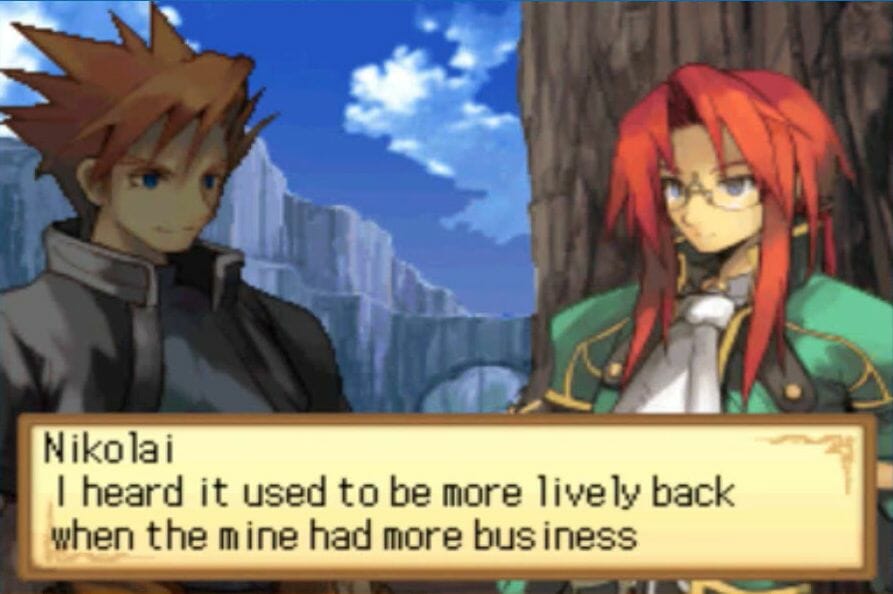
The witches are also treated as important characters, because they’re competent figures, who are the only ones who can deliver the truths of the world at large. As the plot progresses, they’re also given the opportunity to teach the main party. This provides an ideal lens that the game uses to focus on a budding relationship between Alph and Lucia. At the outset, the duo fight like cats and dogs. As time passes, though, the two slowly come to terms with how similar they actually are. The two receive an entire chapter dedicated to hashing out their issues and finding their resolve for the battles ahead.
With this in mind, Luminous Arc‘s plot takes a bit to get going, and it’s very clear where said plot is going to go, but the game is so invested in making players care about the world and the characters in it that it’s hard to really be upset.
On a personal level, I have replayed the first Luminous Arc multiple times, something I rarely do for games of its size (or somewhat grindy nature). The characters are so likable and so well- developed, though, that the title overcomes nearly every fault or shortcoming thrown at it.
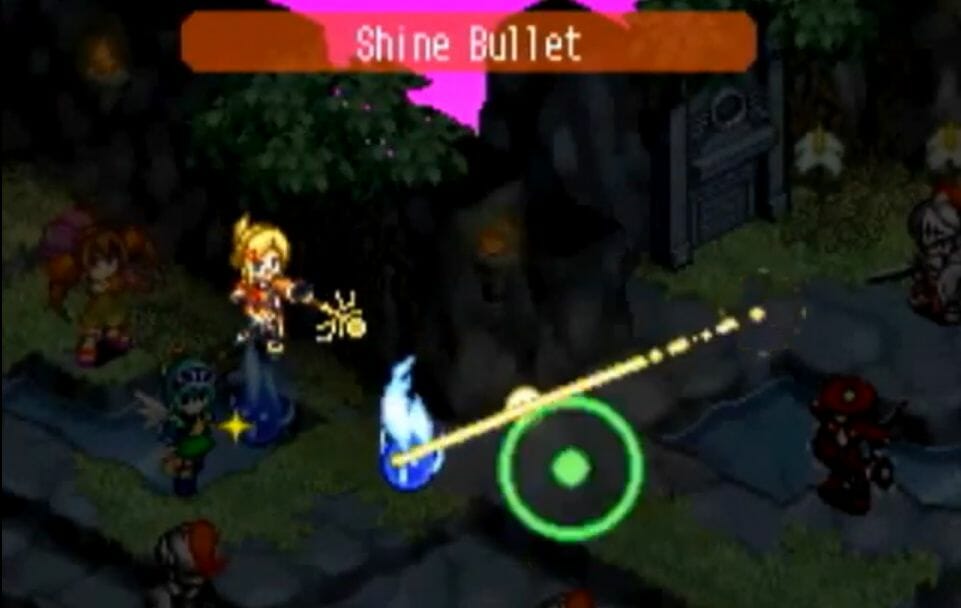
Luminous Arc 2, which shipped to stores a year later, plays with player expectations by creating an all-new continuity. Rather than be portrayed as bringers of doom and discord, the witches are on good terms with the heroes at start. In fact, they’re a major part of the government, and the game’s leads are trained knights of a peaceful country instead of kids groomed to be bloodhounds for a corrupt church. A number of details are also purposefully inverted, like the Shadow Frost Witch Fatima being a complete opposite for Vanessa, switching out fiery independence and ego for fearsome loyalty and emotional fragility.
As you go through the game, the title delivers a more layered story, with multiple factions and villains. Betrayals and turnabouts get worked in, as do plenty of world-changing revelations that are harder to predict than the first game’s major twists. It keeps the player guessing at points, as the focus has a habit of jumping through multiple perspectives, and various antagonists reveal different motivations and depths that would have only been hinted at in the previous entry.
All of these changes to Luminous Arc 2 sound good on paper. That is, until it becomes apparent that nearly every party member is either obnoxious, or a static archetype that fails to grow at any point over the course of the game’s plot. Indeed, the game’s entire cast is made up of two-dimensional cut-outs who toddle unflinchingly between plot points, with the majority of the witches being particularly egregious. They’re no longer mysterious or intriguing guardians; rather, they’re simply here to be eye candy and comedic relief in a game that’s already bursting at the seams with gags.

The title has a full-on harem setup, complete with personality-devoid lead Roland for fans to slot themselves into. Over the course of the game, Roland gains a fusion power that’s little more than an excuse to include illustrations of the witches in wedding dresses. No, really. It’s as if the staff realized they created little of value, so they turned to pandering to the player’s most base interests in a desperate bid for relevancy.
Very few characters see actual progression in Luminous Arc 2. Moreover, those few sagas that are in the game tend to be half-baked at best. Althea, the fire witch, serves as the lead heroine alongside Roland, but she’s treated more as a plot device and a burden above all else. Over the course of the game’s thirty-four hour story, she constantly brings up that she wants to become the Mage Queen, like a Naruto or One Piece reject. This never comes to fruition, though, as the plot never gives her agency to actually pursue this goal.
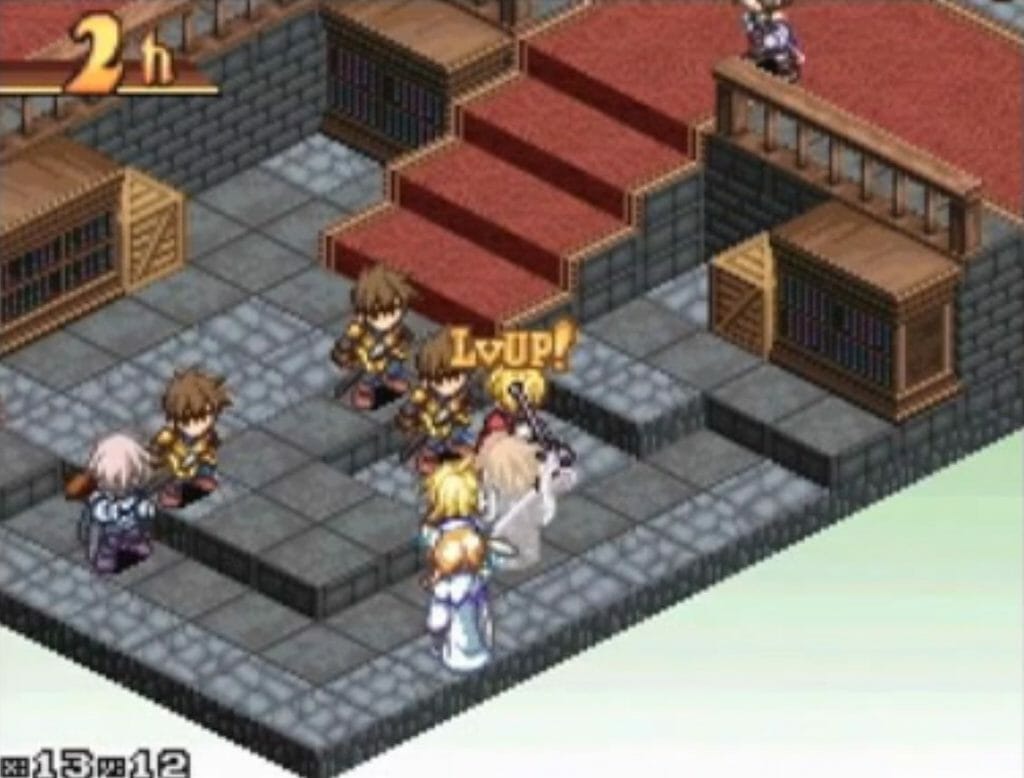
Instead, Althea is treated as a weak joke for much of the game. When she finally does become important, she’s nothing more than a macguffin; a mere damsel in distress. Even Fatima gets done pretty dirty, as she’s initially portrayed as a complex character. These layers are quickly stripped away, and complexity is thrown to the wayside once the player manages to recruit her, though. Once she joins the party, Fatima becomes little more than the “troubled one” of the harem. She’s done no favors afterwards, either, as her romantic plotline involves a new scenario in which Althea adopts yandere traits out of sheer jealousy over Roland, the living wooden puppet.
On a superficial level, Luminous Arc 2 features a more complex plot structure, with its cast as a whole having much more impact on how the greater plot unfolds. Still, it fails to inspire the player to care about any of it. None of the major players are allowed to have layers, and new villains are revealed with little build-up or warning, their presence being marked by massive exposition dumps. The blatantly sexist undercurrent of all the witches being wacky screw-ups or selfish brats just compounds problems further, making it one of the few games I’ve played that I truly detest. While it’s nice that the game offers more challenging battles and quality of life improvements, none of these fixes mean anything, so long as the main story actively annoys the player the entire way.
To this day, Luminous Arc 2 stands as one of the most cynical games I’ve had the displeasure of playing, littered with half-hearted attempts to plaster over the poor script with tired-in-2008 anime gags and shameless ego stroking.
Now, granted: the first Luminous Arc does have several elements that pander to the lewd, including an airheaded gyaru angel character and several raunchy CG images that can be found in the Bonds system, but there’s actual cake under that sugary icing.
Luminous Arc has a sincere charm to it. It wants to entertain its audience on multiple levels, and it feels like everyone genuinely tried to craft a story and world to draw players in. It knows what it is, and seems comfortable and confident in that, where the sequel couldn’t decide on anything and chose to elevate its predecessor’s most vapid elements.
In this light, it’s clear to see that Luminous Arc 2 doesn’t want to tell a real story. It feels like a poor excuse to pander to sad otaku, with its plot twists ripped from bad light novels, facile archetypes, and a fascination with moving units clad in skimpy outfits. There’s very little love or care about, here, compared to its predecessor. While the original Luminous Arc may not play quite as well as its sequel or offer much of a challenge, the adventure at its core is much more memorable and rewarding.








